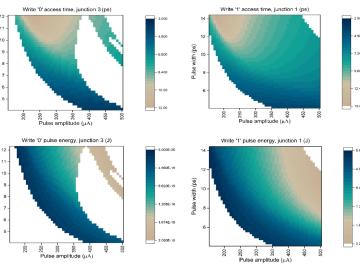Filter News
Area of Research
- Advanced Manufacturing (3)
- Biology and Environment (4)
- Clean Energy (25)
- Climate and Environmental Systems (2)
- Computer Science (1)
- Energy Sciences (1)
- Fusion Energy (4)
- Materials (11)
- Materials for Computing (1)
- National Security (4)
- Neutron Science (5)
- Nuclear Science and Technology (5)
- Nuclear Systems Modeling, Simulation and Validation (2)
- Sensors and Controls (1)
- Supercomputing (11)
News Type
Date
News Topics
- 3-D Printing/Advanced Manufacturing (2)
- Advanced Reactors (6)
- Artificial Intelligence (2)
- Big Data (3)
- Biology (2)
- Biomedical (6)
- Climate Change (5)
- Composites (1)
- Computer Science (8)
- Coronavirus (3)
- Cybersecurity (1)
- Energy Storage (7)
- Environment (8)
- Frontier (1)
- Fusion (3)
- Grid (3)
- Isotopes (1)
- Machine Learning (3)
- Materials Science (8)
- Microscopy (2)
- Molten Salt (1)
- Nanotechnology (2)
- Neutron Science (4)
- Nuclear Energy (6)
- Polymers (2)
- Summit (3)
- Sustainable Energy (8)
- Transportation (5)
Media Contacts
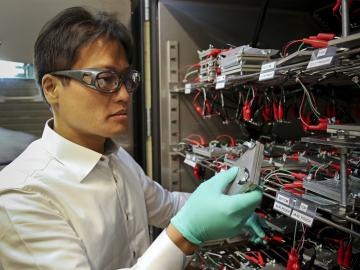
A new process developed by Oak Ridge National Laboratory could alleviate a bottleneck in battery manufacturing and deliver higher capacity batteries for electric vehicles and consumer devices. The formation process – where batteries undergo repeated cycling to stabilize and activa...
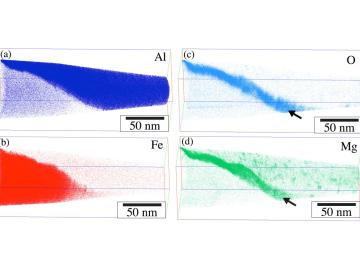
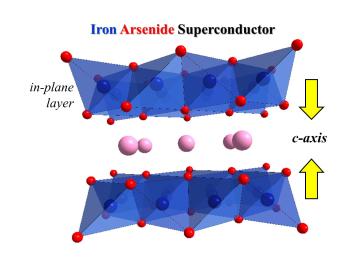
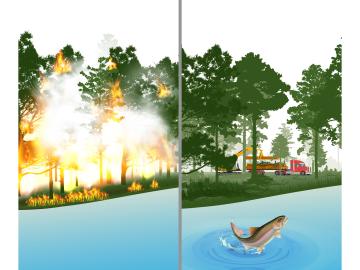
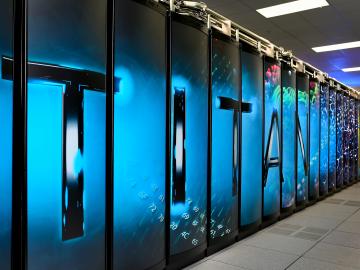
From machine learning to neuromorphic architectures that enable greater computing flexibility and utility, Oak Ridge National Laboratory researchers are pushing boundaries with Titan. “We’re using deep learning to advance the state of the art in several challenging fields such as c...
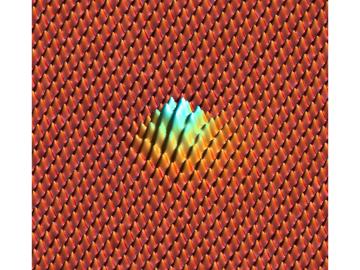
Researchers at Oak Ridge National Laboratory found a simpler way to measure adhesion between graphene sheets, compared to a sophisticated method used in a 2015 study: They measured how much graphene deflects when neon atoms poke it from below to create “bubbles.” Each bubble’s curv...
